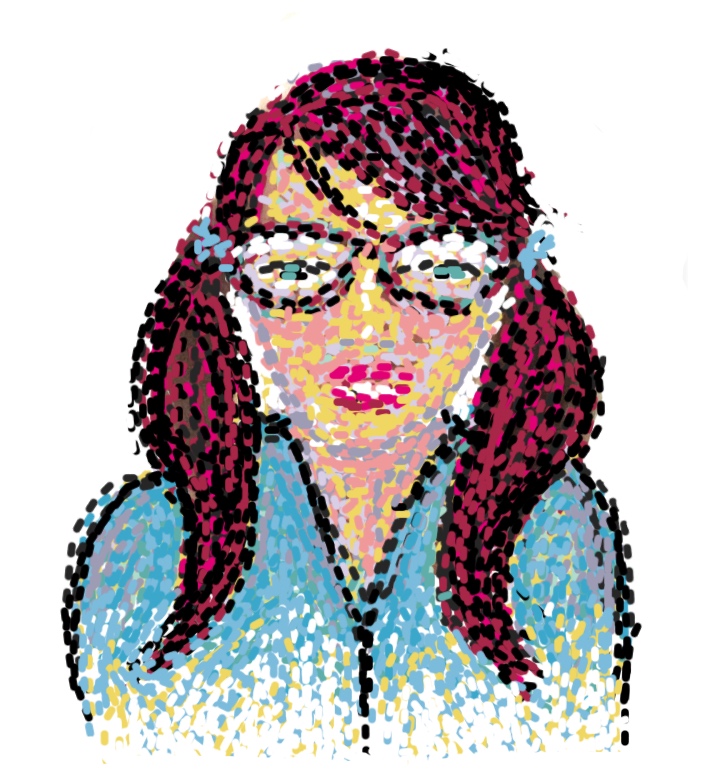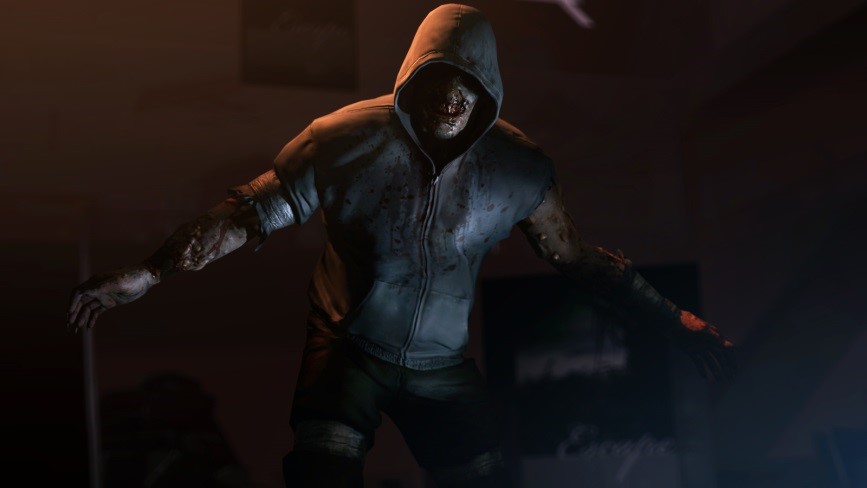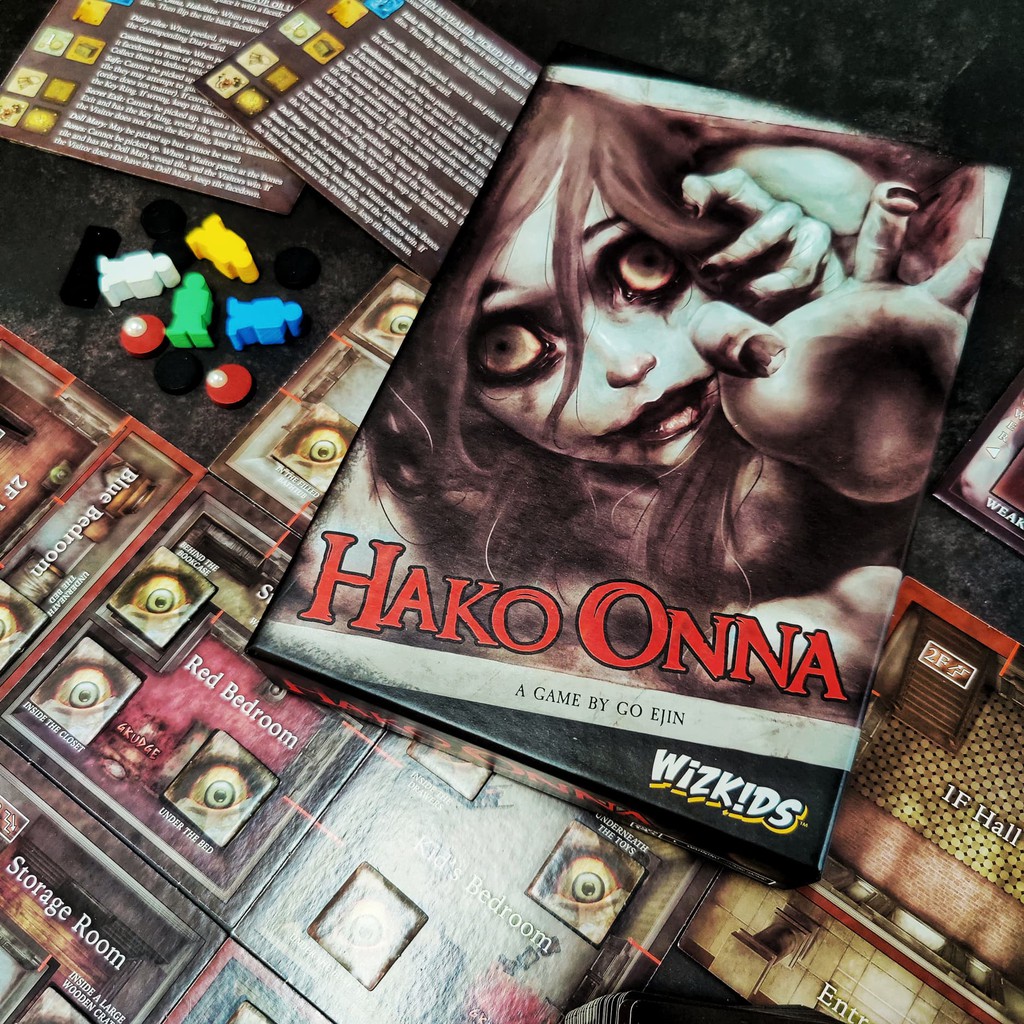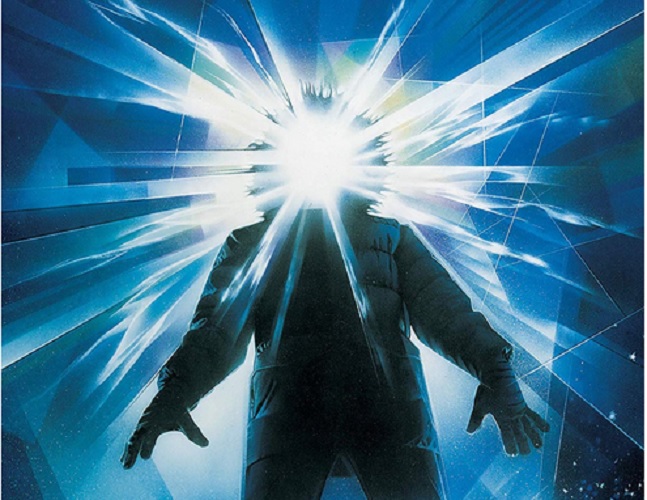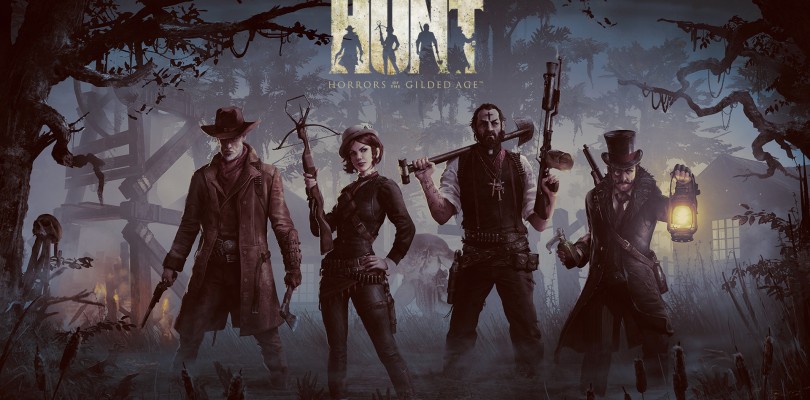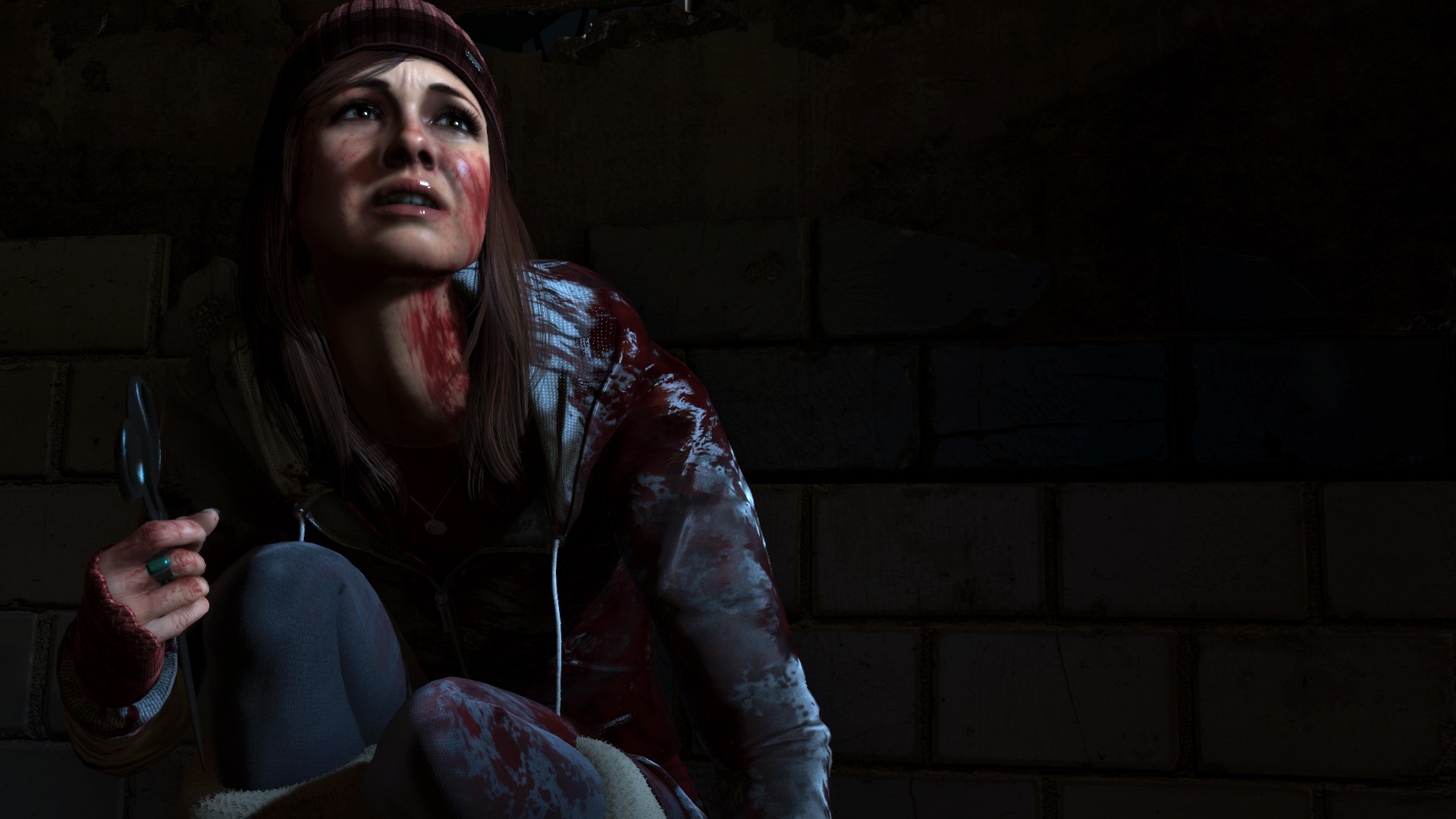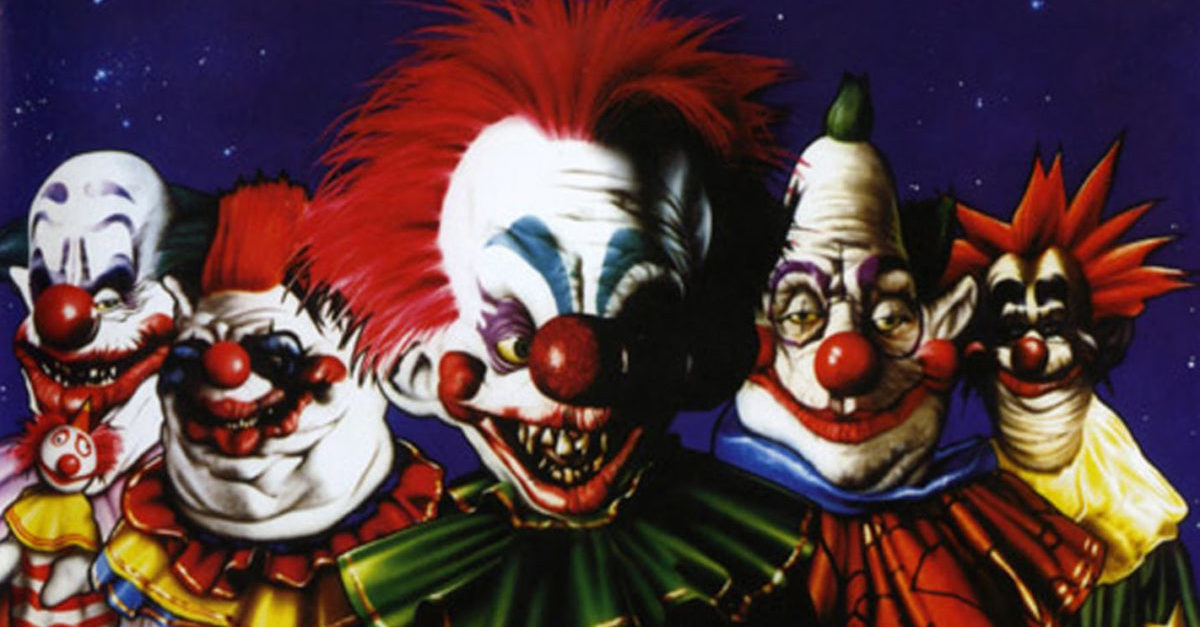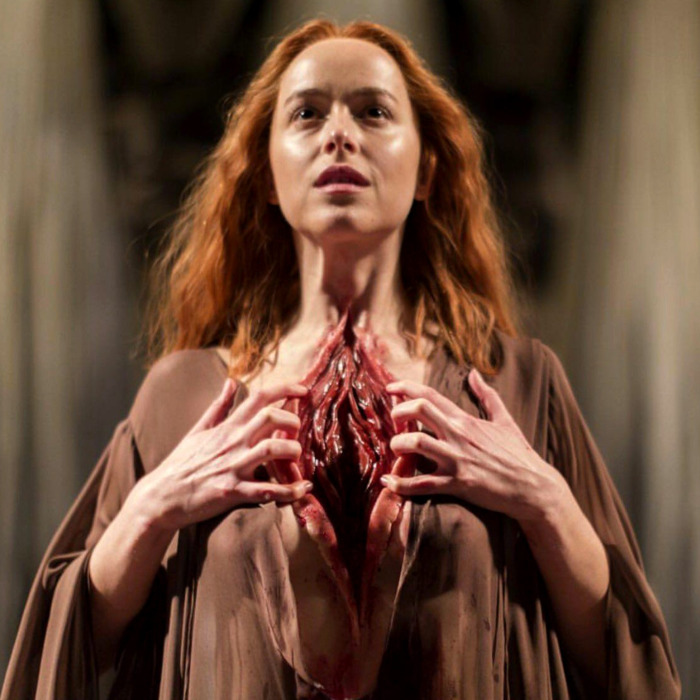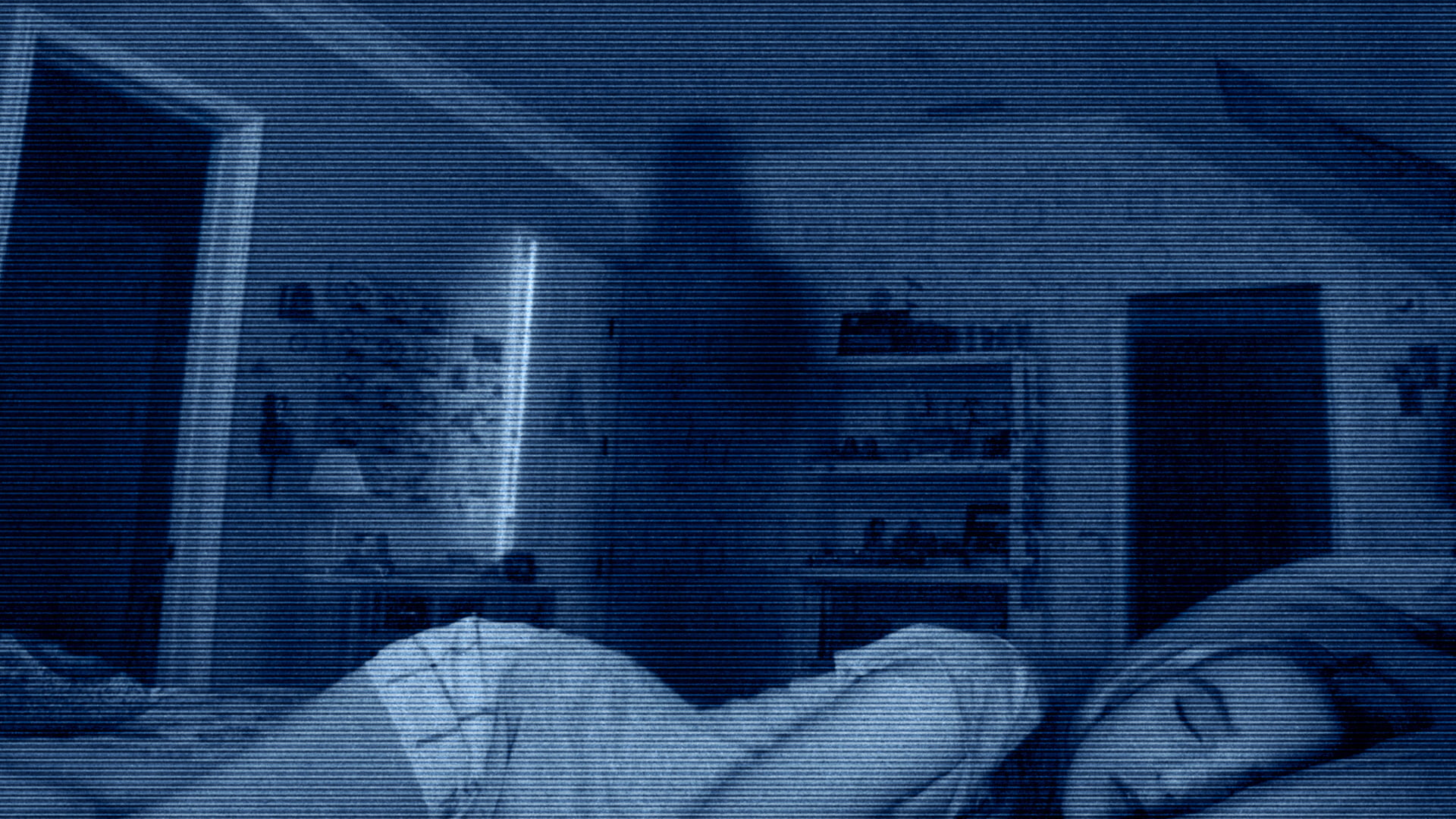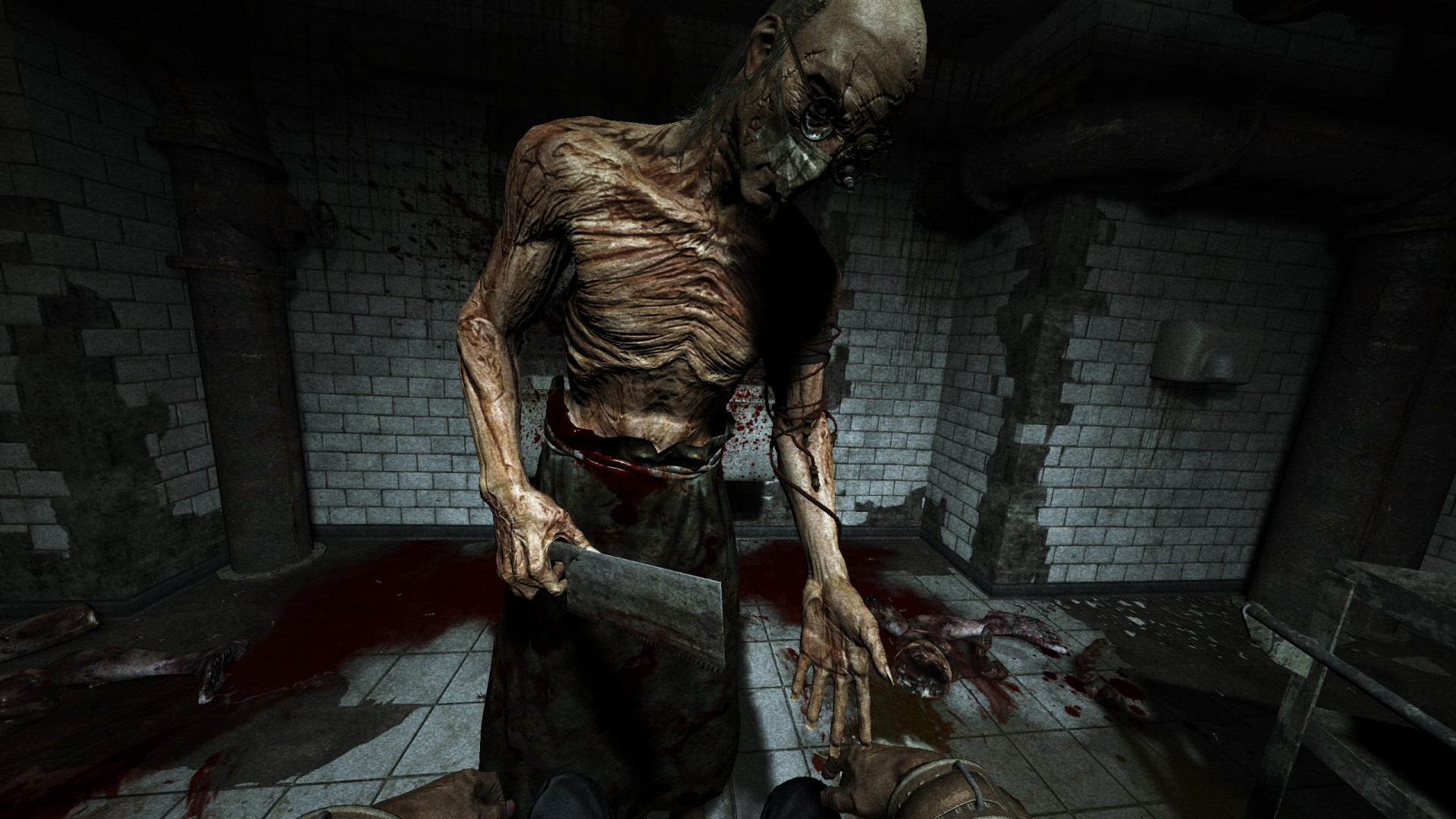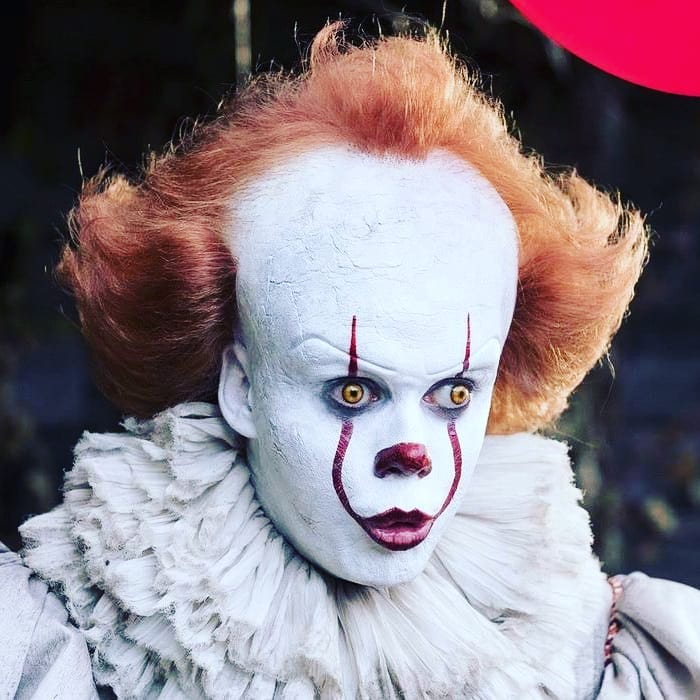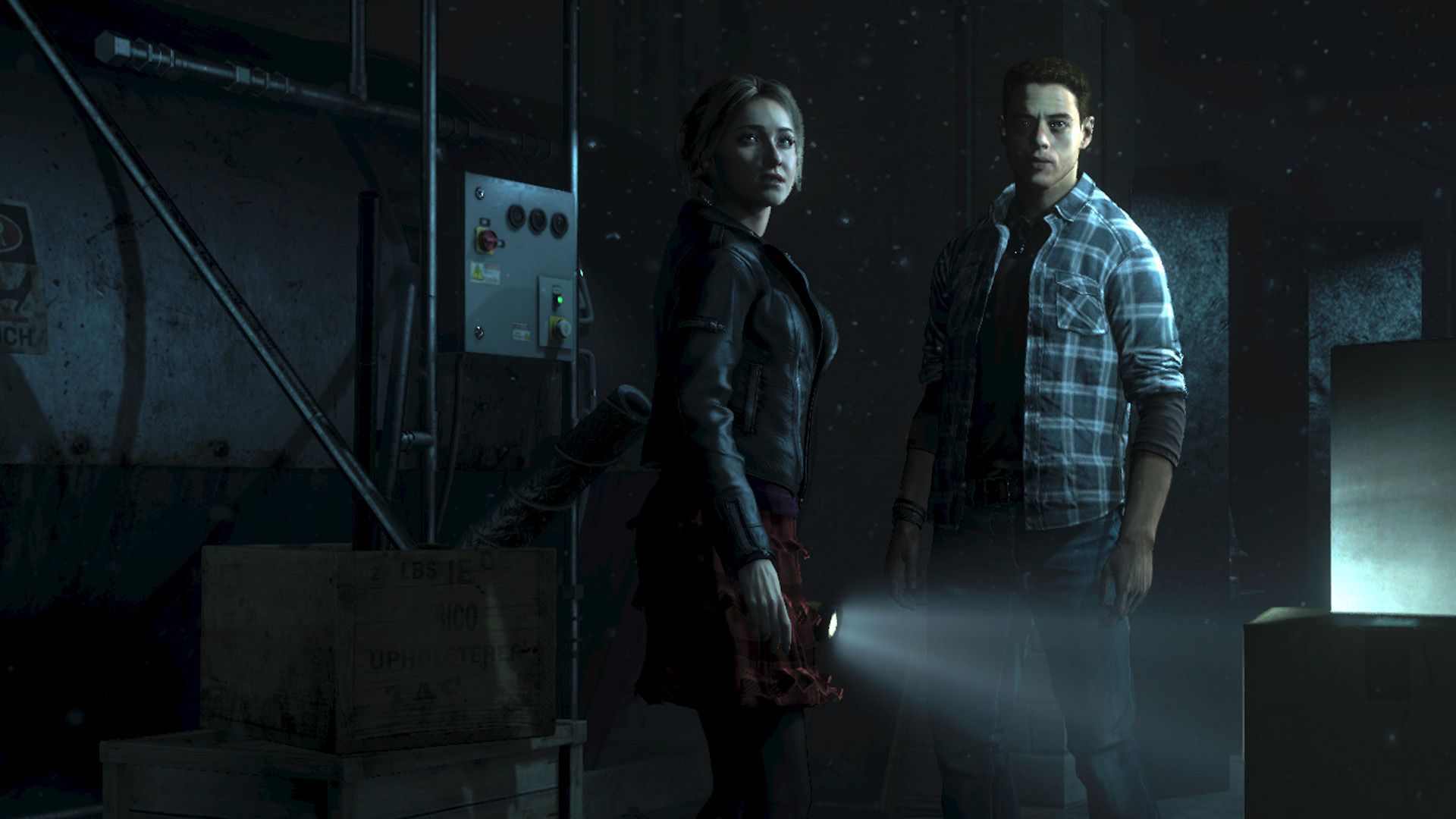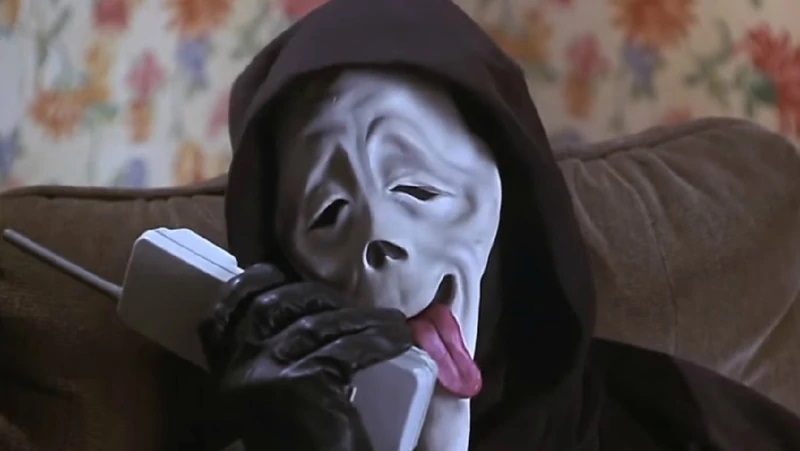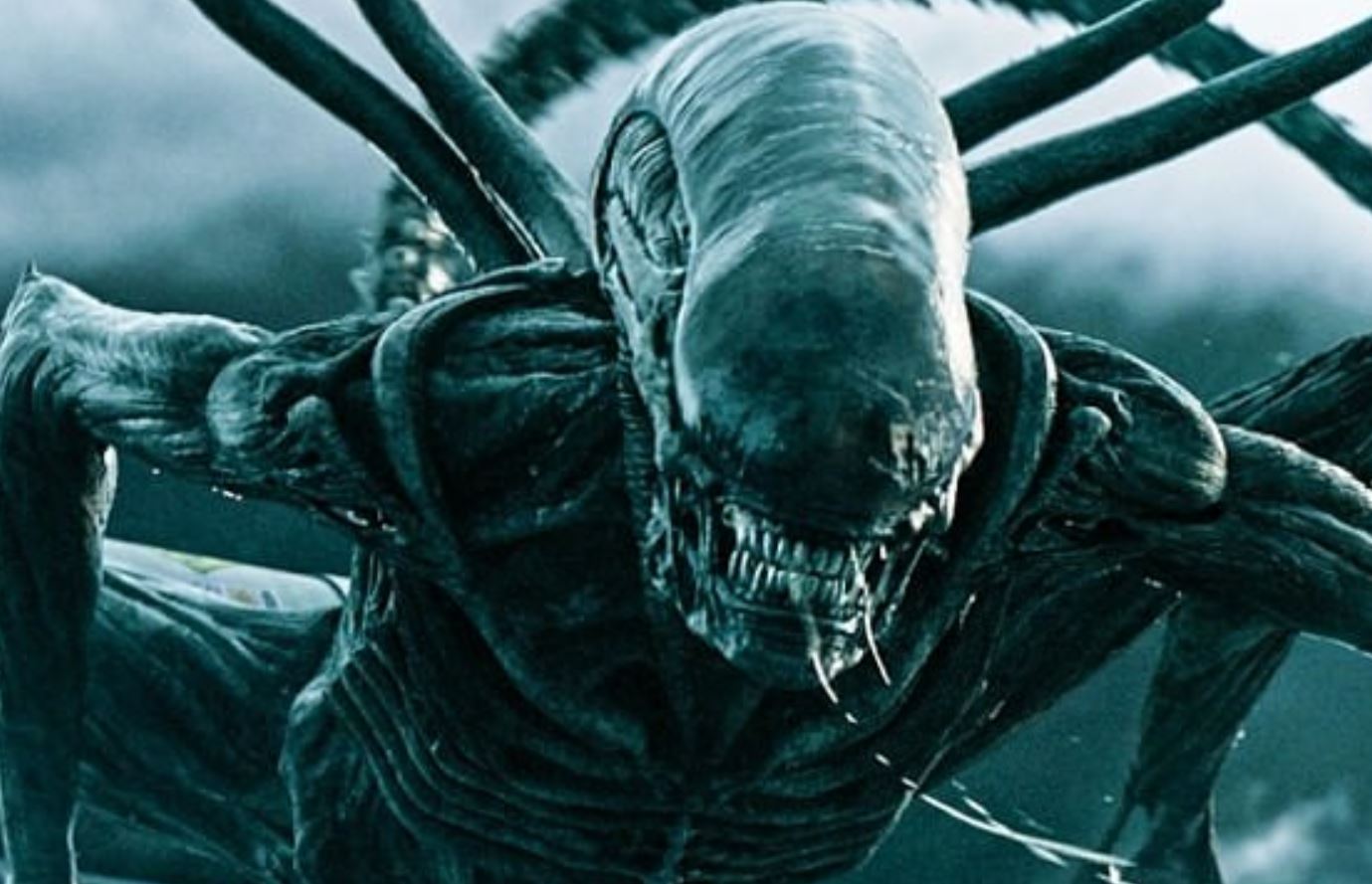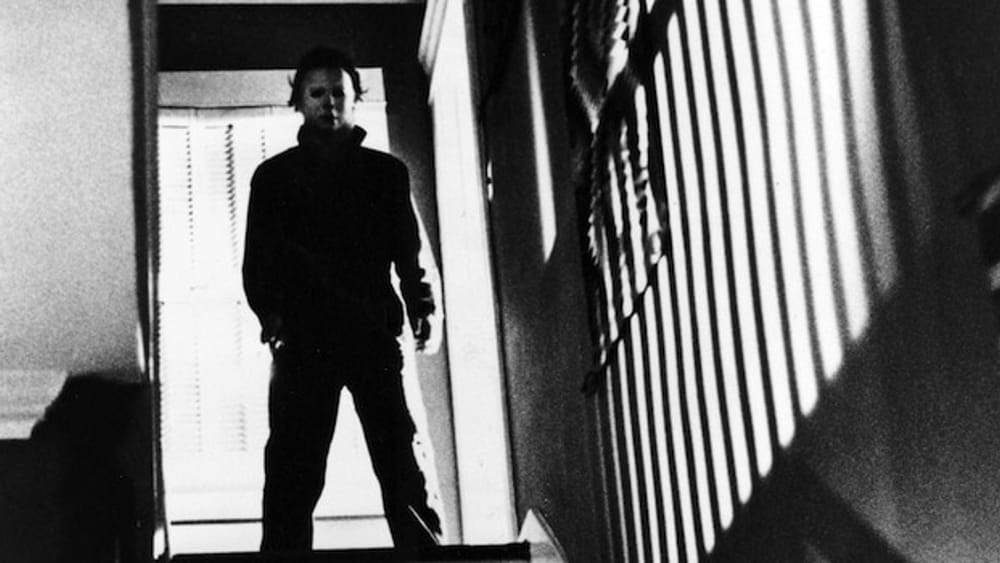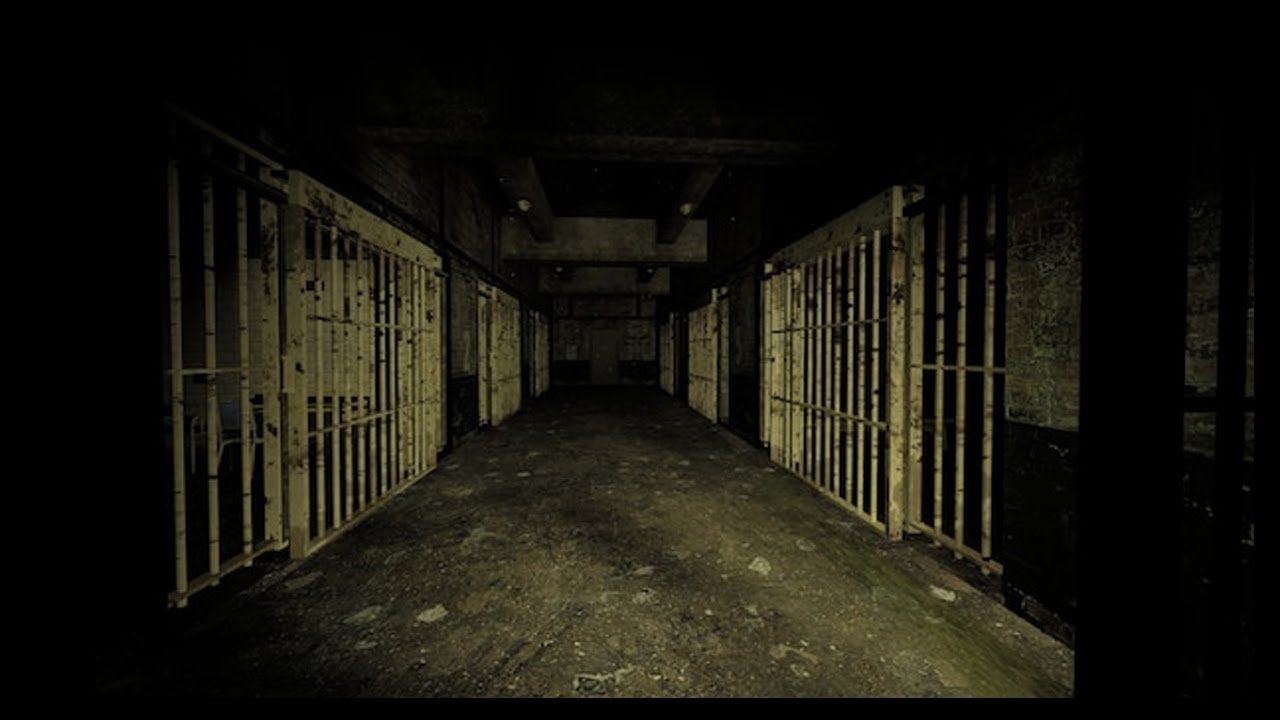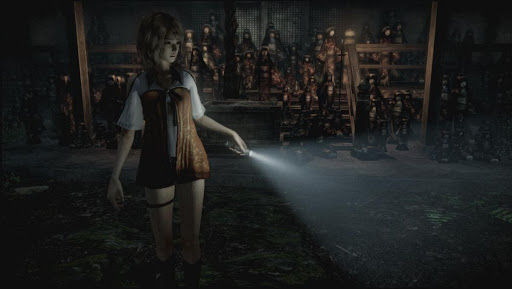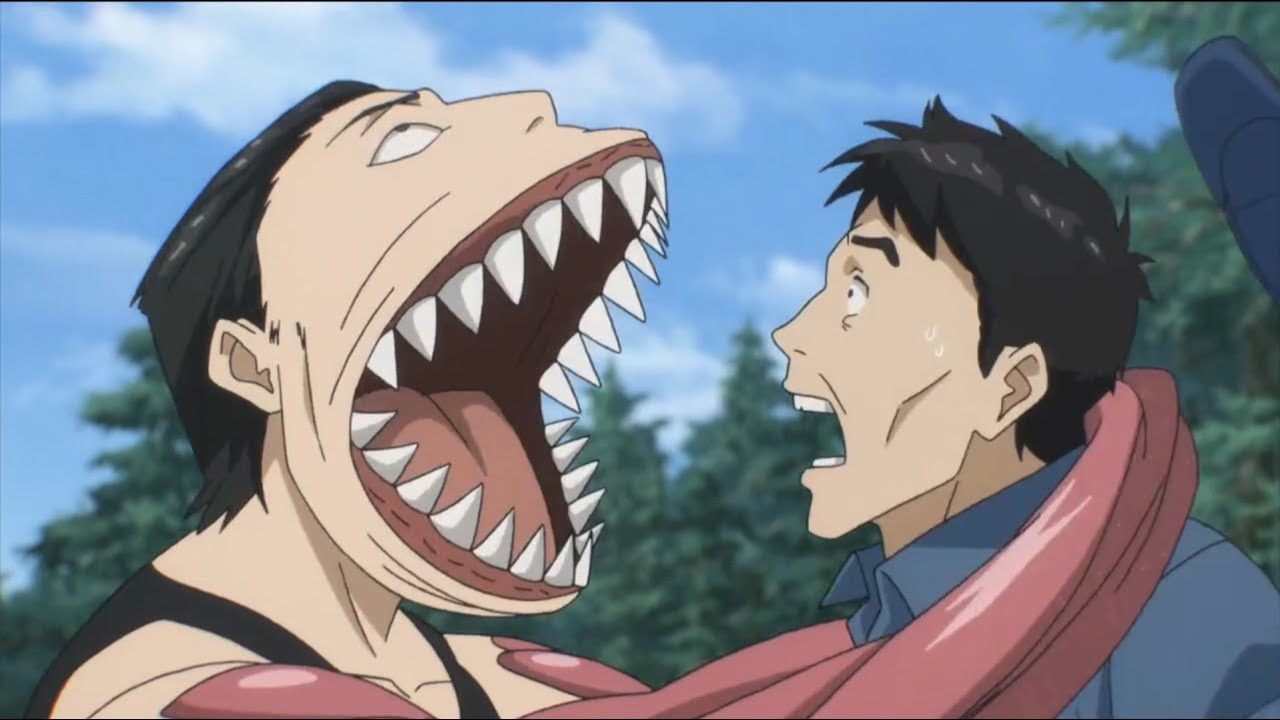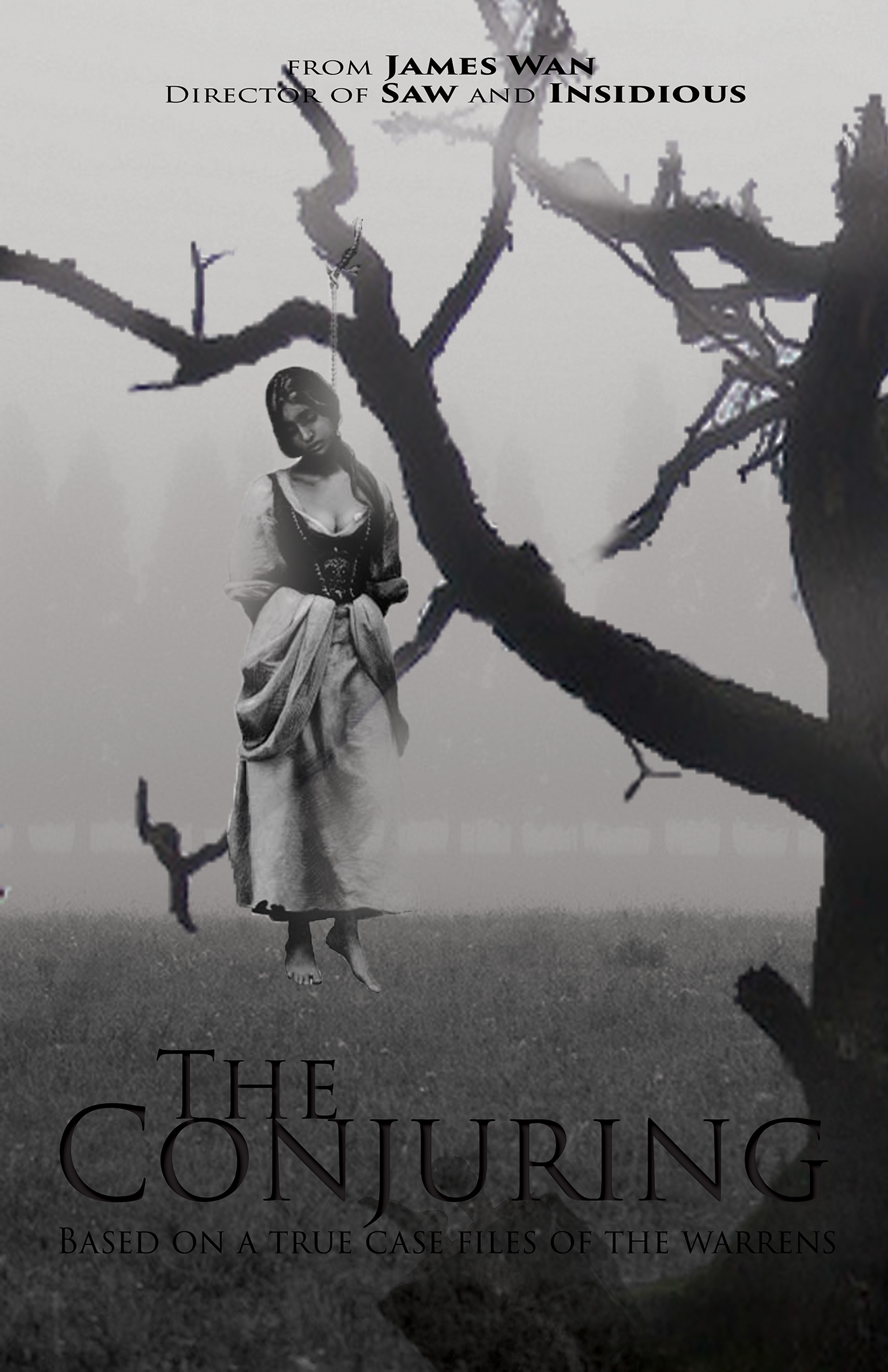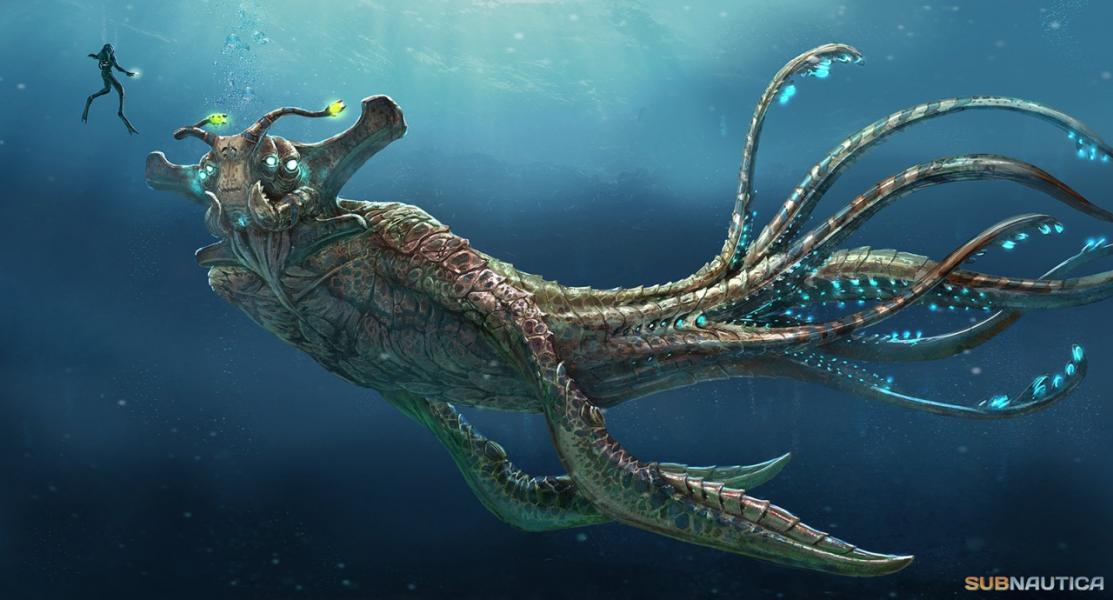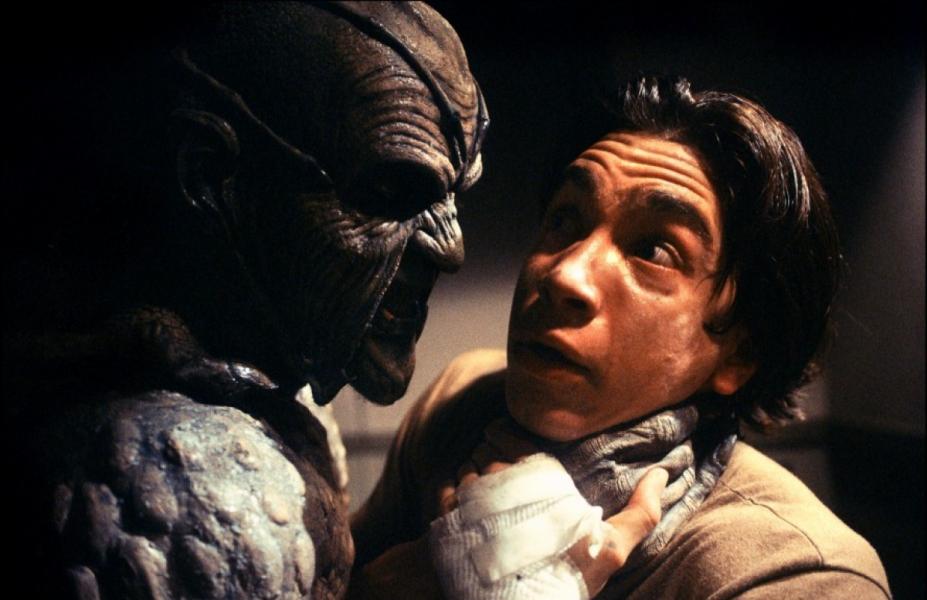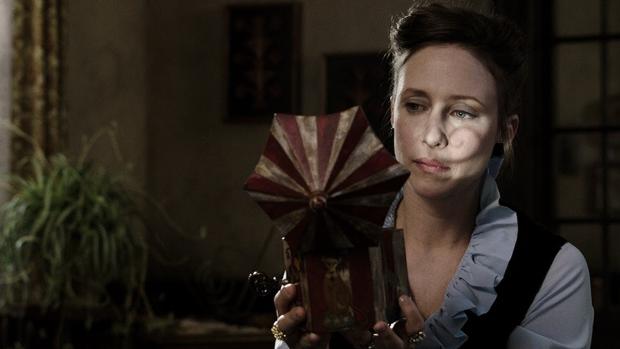
How Many of These Movies Like The Conjuring Have You Watched?
The Conjuring Trailer
The Conjuring scared the heck out of audiences in 2013, and sparked a few spin-offs. What other films did it right?
James Wan’s film is based on the true cases of demonologists and paranormal experts Ed and Lorraine Warren. One of their most known investigations was about the famous Amityville haunting, which became a novel followed two years later by a film in 1979 (which has been remade and has several sequels).
A dead girl inhabits a doll named Annabelle. Or so it seems until the couple (played by Vera Farmiga and Patrick Wilson) explains that demons don’t possess objects. They possess people. Annabelle was never possessed by any ghost. A demonic spirit simply used the doll as a conduit to possess the doll’s owner.
In parallel, we meet a nice family of seven, whose house appears to turn on them. They uncover a creepy boarded-up basement that houses a decrepit piano and who-knows-what else lurking in the dark. Of course, objects are not possessed, and head of household Carolyn (Lili Taylor) enlists the Warrens’ help to unearth the true nature of their home’s troubles. The most vulnerable characters fall victim to the malevolent presence first. As with many supernatural horror films, demons seem to favor turning the mother on the child to wreak havoc. The Conjuring is creepy because the jump-scares are a little less conventional than similar films, and work mainly because the majority of the terror is expressed via screaming – brutal, honest, visceral terror from the gut. The tropes of the child fearing the boogeyman, sleepwalking, imagining something evil under the bed are enablers to the entities that emerge from dark corners of the eerie house.
The Conjuring is in the vein of classic Poltergeist (1982). Evil things try to break a family apart. One might also recall the exorcism scenes from The Exorcist (1973), although the role of the Church in Wan’s film is only minimal. In 2014, The Conjuring won numerous awards including the Saturn Award for Best Horror Film by the Academy of Science Fiction, Fantasy & Horror Films. Fangoria’s Chainsaw Awards were given to James Wan for best Wide Release Film, and to Lili Taylor for Best Supporting Actress. Wan’s film also made a killing with about a dozen nominations and five wins from the Fright Meter Awards in 2013.
So why was the film so successful? Movies based on true stories tend to feel more relatable. The everyday family and the non-glamorized Hollywood treatment give it more authenticity. The helplessness of the characters, and the genuine interest of the Warrens’ to assist people just like themselves give a perspective often missing from straight slasher flicks. If you like the premise of ‘the invasion’ and stories revolving around family dynamics, here are the Top 10 other thrill-inducing films like The Conjuring:
10. Insidious
Insidious Trailer
The other James Wan movie in our list is Insidious (2010). Another large family moves to a new house. Another grungy basement. Another piano. More objects that move on their own. After a first move to a so-called haunted house, the family encounters new troubles at a second house. Mom Renai (Rose Byrne) feels overwhelmed trying to deal with the spirits she sees very clearly, in an almost reach-out-and-touch-evil sort of way. She accuses her husband, Josh (Patrick Wilson, who played Ed Warren in The Conjuring) of not being present enough in their family’s day to day. She feels he doesn’t support her and doesn’t believe the things she says she is seeing in their home while he is away at work. And then a sad, piano-playing mother has to come to terms with her son Dalton (Ty Simpkins) falling into a coma for no medically explicable reason.
During the process of seeking help on her own, Renai finally makes a dent thanks to her mother-in-law’s revelatory secret about Josh. Josh soon starts to remember having odd dreams as a child. It seems he has passed down his special gift to unconscious Dalton. The boy’s peculiar coma is the key to solving the mystery of the goblins and creatures stalking the family. As in The Conjuring, the couple reaches out to some ghost-hunters specialized in paranormal activity. At first they appear clumsy and bogus. The at-first unconvincing team eventually develops an ingenious plan to get Dalton back from the clutches of a red-faced demon who lives beyond a red door. This is where distant Dad steps up his game.
Insidious shares a visual rhythm with The Conjuring, and reminds us of the family’s need to collaborate to undo whatever harm has befallen them. Some of the visions of lurking creatures are expectedly similar. Not to get completely repetitive, Wan threw a little extra spice into his Insidious soup by incorporating some offbeat Lynchian moments in the otherworld sequences. The humanoid entities frozen in time under colored lighting might only serve one purpose. They demonstrate the weirdness of limbo between life and death; sleep and wakefulness.
9. The Awakening
The Awakening Trailer
Pretty Florence Cathcart (Rebecca Hall) is a ghost-chaser and myth-buster in post-WWI 1920’s England. Director Nick Murphy has constructed an atmosphere piece in his 2011 The Awakening, with great sets and locations. Director of Photography Eduard Grau and a 30-person art department have managed to fill almost each scene with aesthetically memorable shots. The pace is much, much slower and quieter than the rest of the movies on this list. However, it is included here for its Conjuring-like heaviness of mood, which makes the viewer anticipate a boogeyman in every dim corner. It also uses the familiar pattern of the upended family unit and characters struggling with demons both internal and external. As with two movies seen later in this list, The Babadook and House at the End of the Street, it touches on survivor’s guilt and grief. Again, the House becomes a metaphor for the trapped and damaged psyche. It implies a haunting that is not so much connected to the physical home but to the people who inhabit it.
Florence is at once fragile and fierce. The combination makes her more endearing than the imbecilic Friday 13th throwaway damsels in distress. The viewer is made to feel more attached to her while she hunts ghosts with old cameras rigged to capture the irritating little buggers. Beware of voodoo doll-ish toys set up in giant dollhouses. The ending has a bittersweet twist that gives a more plot-driven explanation to the ghostly occurrences Florence seeks to dispel.
8. House at the End of the Street
House at the End of the Street Trailer
Mother (Elisabeth Shue) and daughter Elissa (Jennifer Lawrence) move to an idyllic house surrounded by gorgeous nature and uppity neighborfolk. Elissa, a guitar-playing, broody teen is not too thrilled with the small-town mentality of their new environment. Much to her mother’s dismay, she befriends outcast Ryan (Max Thieriot), whose family was murdered by his disturbed sister, Carrie-Anne. Rumors about town claim that Carrie-Anne may or may not have run away to live in the forest. On the surface, House at the End of the Street (directed by Mark Tonderai, 2012) is a teen flick. Romance, bullies, rejection, popular kids (and adults) vs. the newcomers, the usual. This sets it apart from the rest of this list. But in fact, it is also a chilling lesson to families of all walks of life to stand united. Protect one another. Respect one another. Fight the bad fight together. The ‘possession’ in this case is a lot less otherworldly but nonetheless involves the act of invading the wellbeing of characters, under duress. Though this makes it very different from The Conjuring, the two movies also do share certain elements. The tangible fright is present. The creepy characters hidden behind superficially ‘normal’ people. The overprotective mother figure. Where parents are distant in many of the other films listed, the Ryan character is forced to deal with emotions pent up from years being left to his own devices, much like the siblings in Oculus, seen later in this list.
Elissa seeks a closer relationship with a parent who is often absent. She spends a lot of time on her own, which is the perfect trap to fall for the boy down the street who also lacks a strong parental presence. Ryan is calm, sweet and caring on the outside. Below the surface is the result of childhood trauma, which manifests in secret. He has not only survivors’ guilt, but also a kind of grief he seems to have never addressed to pull through it. His parents were not there for him. He misses his sister. He lives alone in the large house where the tragedy took place. But perhaps for the first time, he finds a friend in Elissa. Sometimes all a lonely guy needs is the semblance of a support system.
Psychoanalysis aside, House may not use the home invasion or demon trope but instead focuses on – again – the strength of the family unit, as in The Conjuring, when it is under siege. Like Oculus as well, siblings want to stick together, and desperately try to protect one another. Strong female leads are featured in all three films. Jennifer Lawrence is no dumb high school scream queen. She’s a tough cookie. Kudos to the lead casting director (John Papsidera) – the roles of Elissa and Ryan are well played. The latter can become such a believable menace that he might put to shame those demons from the Otherworld. Stay tuned right to the end for an extra twist to the twist!
7. The House of the Disappeared
The House of the Disappeared Trailer
South Korea has quite a reputation for creepy horror movies. Lim Dae-Woong’s 2017 creeper, House of the Disappeared is a creative reworking of Alejandro Hidalgo’s The House at the End of Time (2013). Both incarnations deal (again) with the bonds of family, and the malevolent spirits that dare to meddle. While Hidalgo’s original built suspense with quiet passages and scenes showing sibling bonding, Lim chose to use a more Hollywoodian approach, favoring aesthetically pleasing sets and jump-scares, and a bit more about the parental dynamic.
There is confusion, and there are twists. There is yet again, the focus on motherhood as Mi-hee (Kim Yunjin of Lost fame) struggles to keep her family intact when something sinister invades their home. She is set on solving the mystery that led to her 25-year imprisonment for the death of her husband. With the same motif as House at the End of the Street and Oculus, Mi-hee finds herself in the empty house where she once witnessed pure evil. The psyche can only stand so much, and the viewer is along for the ride to decipher past from present and truth from fractured memories. To make things more confusing, the supernatural aspect is thrown in. A scary séance. Past and present colliding in ways they logically shouldn’t. This is a chance to see Conjuring-esque films made in other countries with different cultural influences. As with The Conjuring, there is a religious undercurrent coupled with the rites of purging evil spirits. Pay close attention to the presumably innocuous priest.
6. Jessabelle
Jessabelle Trailer
Director Kevin Greutert and writer Ben Garant’s 2014 creepfest Jessabelle is about a young woman named Jessie (aka Jessabelle), played by Sarah Snook, who loses her boyfriend and her unborn child in a car accident. Wheelchair-bound and having nowhere else to go, she moves in with the father she hasn’t seen since childhood. The reception is understandably distant, but when Jessie finds some old VHS tapes left to her by her late mother, the father grows increasingly angry and violent. He keeps trying to destroy the tapes, but Jessie keeps discovering new ones. The more she watches, the more frequent her nightmares become. Violent occurrences make her fear for her sanity and her life. One day, Jessie’s dad decides to set fire to what he believes are the last videotapes. His arm accidentally catches fire, and eventually sends the whole tool shed up in flames. Jessie, in her wheelchair can only watch through a window inside the main house. And this is just the start of Jessie’s quest to understand who her undead stalker is. Unexpectedly, voodoo comes into play, and with it the mysteries of its violence and living sacrifices. Why is there a tomb with Jessie’s name and date of birth across the lake?
The unraveling of the plot twists is well set up. The spirit that haunts Jessie is a voracious barbarian, inflicting acts of violence even on bystanders who try to assist Jessie in her mission. Instead of an exorcism, purification comes from water metaphors, insinuating baptism. Washing away sins. Though the hints are not overtly revealing, the final answers may feel a bit predictable. In any case, the mother-and-child phenomena appears yet again, as with many of the films on this list. Jessabelle also gives us a glimpse into what a father goes through when his family is threatened. The Conjuring’s family is terrorized by possibly multiple ghouls (it’s hard to verify if there is more than one), but in Jessabelle, only one is needed for the ultimate creep-out.
5. Kairo (Pulse)
Kairo (Pulse) Trailer
In Japan, there are tons of movies with the prototype ghost figure. Female. Long black hair. Seeking revenge. This is largely because ghost stories are very prominent in Japanese culture. Kiyoshi Kurosawa is one of several top-tier directors using these tales to concoct haunting, mysterious and often complex films. They are not always classified as horror per se, but most hinge on the horrors of daily existence. Throw in contemporary technology, and it’s a recipe for a film like 2001’s Kairo (Pulse). The legendary Wes Craven (of the Nightmare on Elm Street franchise) remade the film for American audiences in 2006.
The original is a little dated, but rather amusing with its now antique-like hardware and computer programs. The premise is however, still relevant and current. A young man commits suicide, and one by one, his friends start discovering a freaky Internet site. Or this is what Kurosawa would have his protagonists believe. Soon, ghosts appear to be crossing over from computer screen into the land of the living. What seem to be the ‘leftovers’ of a growing number of suicides, find one another and try to flee the incomprehensible invasion of the Dead.
Atmospheric, chilling, and nerve-wracking; the film is effective even with so many newer films using the same fear tactics. There are plenty of nails-digging-into-chair shivers induced by computer monitors, security camera-like footage, and proximity between innocent victim and ruthless evil. Red duct tape, forbidden rooms, and strange ashy marks on walls...there is a mystery to crack while also seeking safety. Though the entities the humans are up against are lost souls rather than demonic beings, the invasion occurs nevertheless. Just like in Dark Skies (later in this list) and The Conjuring, the survivors need to pool resources to get out of danger. This, from a type of menace that cannot be killed, but perhaps kept at bay somehow.
Kurosawa films are much about tension caused by mood, pacing, and a reluctance to spoon-feed all the answers to the viewer. In many ways, the foreboding sense of helplessness far surpasses a film that effectively scared the bejeezus out of audiences (The Conjuring). Without involving guns, blades or splattered blood, the sequences in the Forbidden Rooms are just skin-crawling, and probably will give the faint of heart night terrors.
The climate feels a bit less claustrophobic than films that employ the House metaphor as a way to trap the victims. Kairo’s characters are free to roam from location to location, but sometimes with deadly results. In the end, they are still trapped, but on a larger scale. Our Planet itself becomes the ‘prison’ as the full-on infiltration of otherworldly beings spread throughout not just Japan, but also the entire world. This one is a slow-burn.
4. The Taking of Deborah Logan
The Taking of Deborah Logan Trailer
Alzheimer’s is a debilitating illness that affects both the sufferer and their loved ones. Med student Mia (Michelle Ang) travels to Virginia to make a documentary about Deborah Logan (Jill Larson) and her caregiver-daughter, Sarah (Anne Ramsay). Adam Robitel (director of Insidious: The Last Key) created an almost-forgotten horror gem. Shot in documentary style, it incorporates real footage from medical archives. The original distributor disliked the film so much it never even went to VOD (Video on Demand). However, it did gain a large following on Netflix. Though it incorporates the expected cheesiness of films like the Blair With Project with hokey asides from Mia and her documentary crew, there is some real meat, here. Almost every critic mentions the particular scene with Deborah and the young cancer patient. To describe it more would ruin Robitel’s one moment of grotesque g(l)ory above all others. It is visceral, strange and completely unexpected.
But even without this scene, an actual plot propels the film. Deborah’s Alzheimer’s is only a cover for the fact that she is in fact, possessed. As the mother in The Conjuring becomes a hideous monster, and even turns on her children, Deborah too, soon loses her connection to the offspring trying to help her. Though the daughter-figure is much older than the other children in this Top 10 list, she is still the loved one needed to keep the family – however small – unified.
Exorcising the demons that reside within Deborah happen in the usual, predictable ways but the film stands out by creating an air of complete terror, revulsion and intrigue. Most of this is carried by the incredibly gifted-at-being-insane Larson, who is best known for her TV soap opera roles.
A breath of fresh air in the shaky-cam mockumentary style of paranormal cinema.
3. Dark Skies
Dark Skies Trailer
Scott Stewart wrote and directed the 2013 sci-fi horror, Dark Skies. Featuring an impressive performance by Keri Russell as Lacy, the Mom who watches her family crack under everyday stressors, and then some very bizarre physical illnesses. Though the premise is different than The Conjuring, the execution is comparable. The plot and turn of events play out exactly as if the family’s home has been invaded by spirits not of our world. In fact, this is true. However, as the puzzle pieces start to fall into place, we learn that this is an alien invaders flick. Without giving spoilers (this info is readily available in most synopses of the film), yes, these invaders literally do not come from our planet.
Once again, we can debate the disturbing presences and physical ailments as metaphoric, since the family had been having issues before the invasion took hold of them. A typical pre-teen son deals with coming of age while a sub-plot about child abuse moves the story forward. This family is not special (as they are blatantly told). They are a typical family with typical tensions. The invasion they face proves the attackers target victims indiscriminately. Much like in The Conjuring, we feel the family unit is helpless and has no control over ‘why me?’ and not someone else. The scariest parts of Dark Skies hinge on the realistic fear of the inability to protect our loved ones, and needing to pool resources as a unified front against evil. The invaders theme has been done a million times, but why this one works is because attention is focused on tangible angst and not only random screaming at unwanted intruders.
2. Oculus
Oculus Trailer
Mike Flanagan has become a cult favorite for his take on the supernatural suspense genre. He co-wrote and directed Oculus as a kind of evolution of a 2005 short Oculus: Chapter 3 – The Man with a Plan. In the 2013 version, Kaylie (Karen Gillan) conducts the revenge plan originally executed by brother Tim (Brenton Thwaites). In the past, Kaylie and Tim’s family was torn apart by murder. In the present, Kaylie is determined to prove everything was caused by an antique mirror controlled by evil forces. Doing so would help exonerate Tim, recently released from a mental health facility after being held responsible for killing their father. Following through with Kaylie’s elaborate plan to prove her theory and destroy the mirror, we watch past blur with present, and reality mix with falsified or imagined experiences. At times it is like experiencing two timelines simultaneously, as present-day protagonists encounter – and are oblivious to – their past selves.
The timeline and blurred reality put into question the sanity of the characters. The entire nature of Perception is put under scrutiny. The mind’s breakdown is showcased in a way reminiscent of Jack Torrance (Jack Nicholson) in Stanley Kubrick’s The Shining. The more the past is explained, the more the present is overtaken by creepy spirits. However well the film works for what it is, the actual reason the mirror is haunted is never elaborated. The root of the evil is not explained. Perhaps the truth shifts depending who is looking at it, and that’s why the loose ends don’t feel like loose ends. The strength of the plot is the brother-sister connection, and the frantic need to put a stop to the mirror’s murderous streak at all costs.
As with The Conjuring, Oculus focuses on grotesque beings ‘out to get’ an innocent family. In both cases, extreme measures are needed to free the family’s home and objects within it, in hopes of saving what’s left of the unit’s humanity.
1. The Babadook
The Babadook Trailer
The Australian supernatural psychological thriller is the directorial debut of Jennifer Kent. Based on her short, Monster, The Babadook follows the psychological breakdown of the family unit after the tragic death of Amelia’s husband. Amelia (Essie Davis) is a sweet, patient widow with a troubled child who’s obsessed with killing monsters and protecting his mother should any of these goons materialize. The Babadook relies less on cliché jump-scares than on real life depression and grief-induced anxiety. Unlike most modern filmmakers, Kent employed special FX techniques similar to those used in the silent film era. The creepy visual scares were all created the old-fashioned way – in camera instead of using post-production software. A complete flop in its native Australia, the film was more successful overseas, grossing over 900,000 US dollars.
Kent and Davis concocted a G-rated production environment for then 6-year old actor Noah Wiseman (“Sam”). The women did everything to protect the child’s sanity in real life, by using creative camera positioning, and an adult stand-in for Davis to express stress-induced hate-speak at her son. Like The Conjuring, this is another evil-gets-to-the-mother-to-take-the-child movie. Davis excellently portrays grief, loss and motherhood. She does meek, tired and doting as well as she embodies pissed off, had-enough, and vengeful.
The Babadook is a monster that materializes from a strange children’s book, after son Sam can’t stop ranting about it. Some viewers may see Babadook as a true malevolent presence in the monoparental household. Some others – especially mothers – may see it as a metaphor for the hardship of parenthood. In either case, the fright is palpable as Amelia starts to come unraveled, and Sam is put in the line of fire. The pair really has no one to rely on but each other, and Sam does a fine job of trying to keep his mum safe. Even when the evil within Amelia projects hatred and venom, Sam must keep his family intact. The theme of sticking together is seen in The Conjuring as well.
